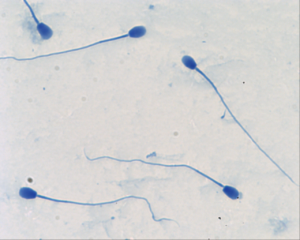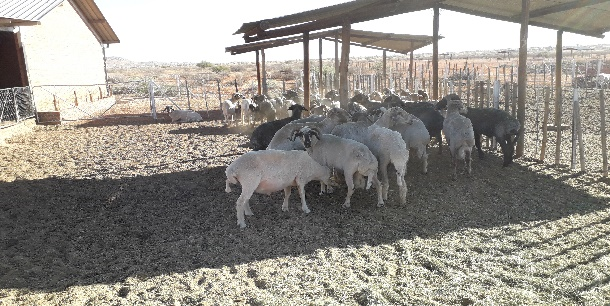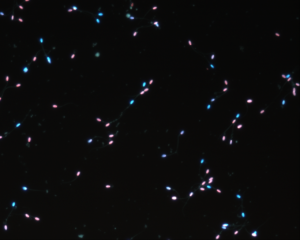How to improve your domestic stock through intelligent solutions!
The importance and size of the global domestic animal market is enormous and only the beef market translates to USD 332.9 billion in 2020 with a revenue forecast of about USD 383.5 billion by 2027. The beef market is dominant in USA and many other countries but across the globe pork, lamb, poultry, goat and other domestic animal meat represent a major protein resource but also market share. In addition, the total global dairy market was valued at USD 673.8 billion in 2019 and was projected to grow to USD 1032.7 billion by 2024.
In view of the ever increasing importance of the domestic market for meat and dairy products it may well be asked is there room for improvement and if so how can this market be improved through intelligent solutions? In this blog we will consider the biological aspects and advances with special reference to semen evaluation and cryopreservation and how current methodology improved our understanding of domestic animals sperm.
But where did it all start? In an earlier blog I have alluded to some historical aspects relating to understanding sperm quality and fertilizing ability. Of great significance was the finding by Sims in 1866 that a fertile male can be recognized by the ability of the sperm to pass through cervical mucous. This was the beginning signifying the importance of sperm functional testing. Spallanzani, in 1784 was successful with AI of dog semen.
In 2002 Dr Foote from Cornell, wrote an important paper reviewing the historical development of artificial insemination (AI) and later the cryopreservation which form one of the corner stones of the successful propagation of domestic species. In 2013, Prof Heriberto Rodriguez-Martinez provided a most comprehensive review on semen technologies in domestic animals and pointing the way to technologies relating to cryopreservation, sex sorting and particularly sperm selection via differential centrifugation and/or swim-up. Semen handling and analysis are still the cheapest part of livestock breeding.
The focus now needs to be in defining semen/sperm quality quantitatively of washed semen and with relationships to fertilizing capacity. It is the bottom fraction of differentially centrifuged sperm that provides superior sperm quality for cryopreservation and AI with a high success rate. We need to capitalize here by relating high fertilization rates with a multitude of technologies/parameters and establish which of these inform us best about the quality and fertilizing ability of sperm… The intelligent solutions!
Let us review some of the technologies that are likely to inform us best in this context and can be used in industry and some cases already employed in industry. CASA has become central in evaluating and quantifying domestic animals sperm quality. Initially the CASA focus was on sperm concentration, motility and morphology. More than 100 parameters are quantified for motility and morphology alone but which parameters can be best extracted here? For motility it is certainly the sub-population approach. Instead of just looking at averages for sperm kinematics the emphasis is now on the percentages of fast progressive sperm and the ability of sperm to penetrate cervical mucous and become hyperactivated. These latter facets relate to sperm functionality and the potential to fertilize the oocytes and not merely an average of percentage motility, for example.
It must be understood that CASA in 2020 has advanced to a level where we can assess sperm quality and functionality quantitatively as mentioned above in terms of sperm concentration, sperm motility, and sperm morphology. I already alluded to the sperm motility functionalities. What about morphology which has been regarded as important in defining bull and other domestic species normal sperm? In this regard the teratozoospermic index (TZI) which measures more than one abnormality per sperm seems to have a lot of potential in future investigations.
Which other aspects are important in domestic animals sperm? Modern CASA systems can also rapidly analyse vitality, fragmentation, and acrosome reaction of sperm. These innovative developments may assist to provide better fertilization outcomes but at the same time provide technologies that can be easily used in the research and production laboratories.
Finally, the quantitative semen/sperm parameters should also be related to many other important phenotypic characteristics such as scrotal circumference as well as the testicular length and width. These latter parameters can be used to determine testicular volume (parenchyma) that are very important in many mammal species.
Prof Gerhard van der Horst (PhD, PhD)
Senior Consultant
MICROPTIC S.L.







Leave A Comment